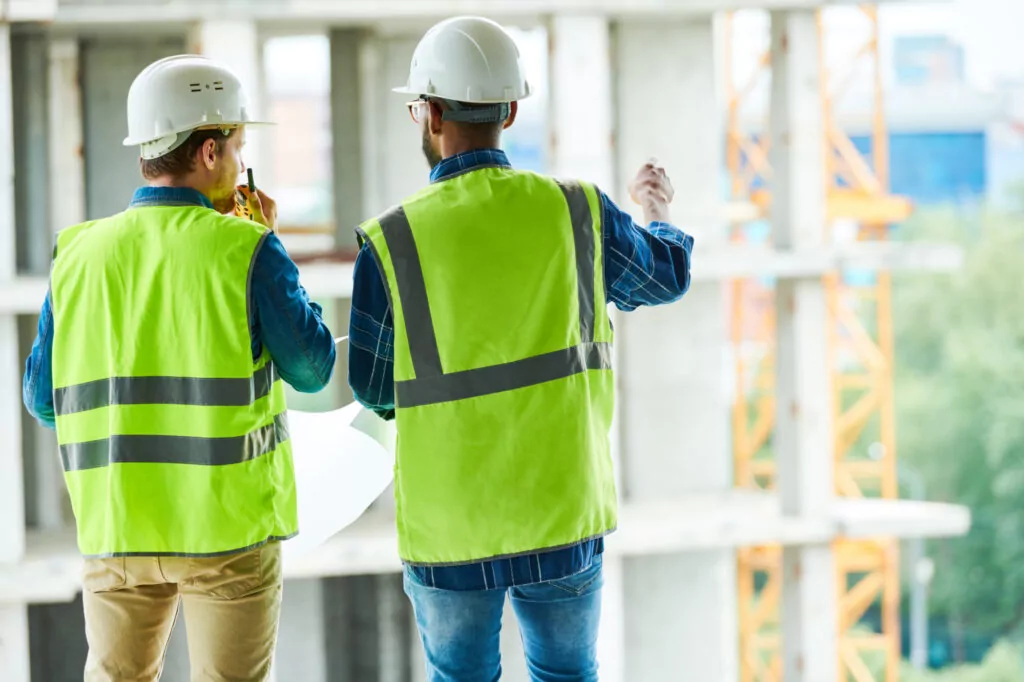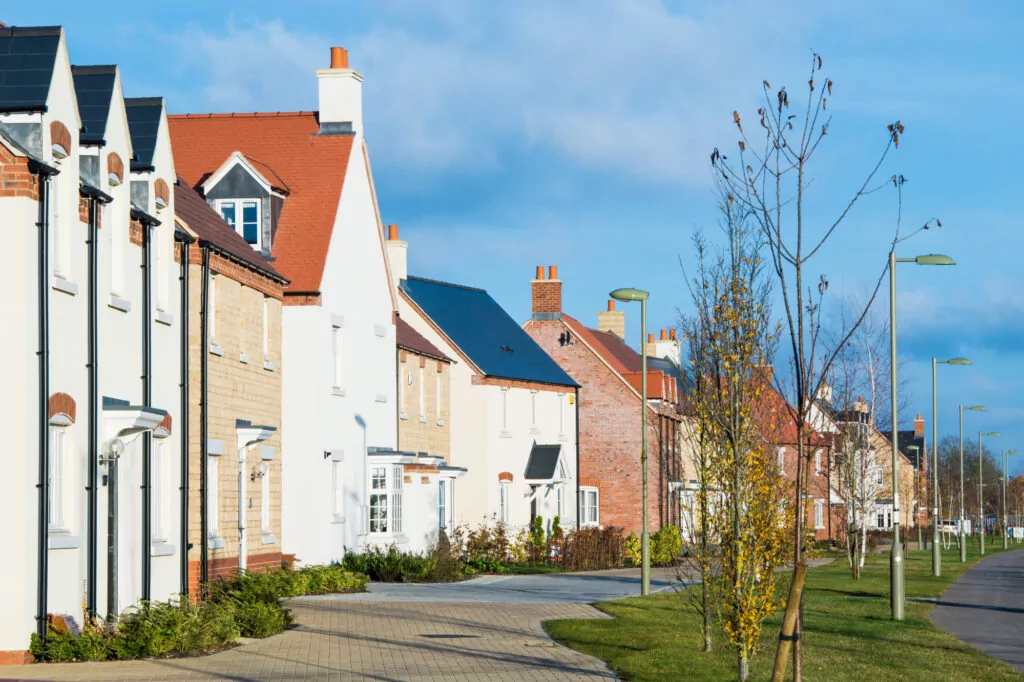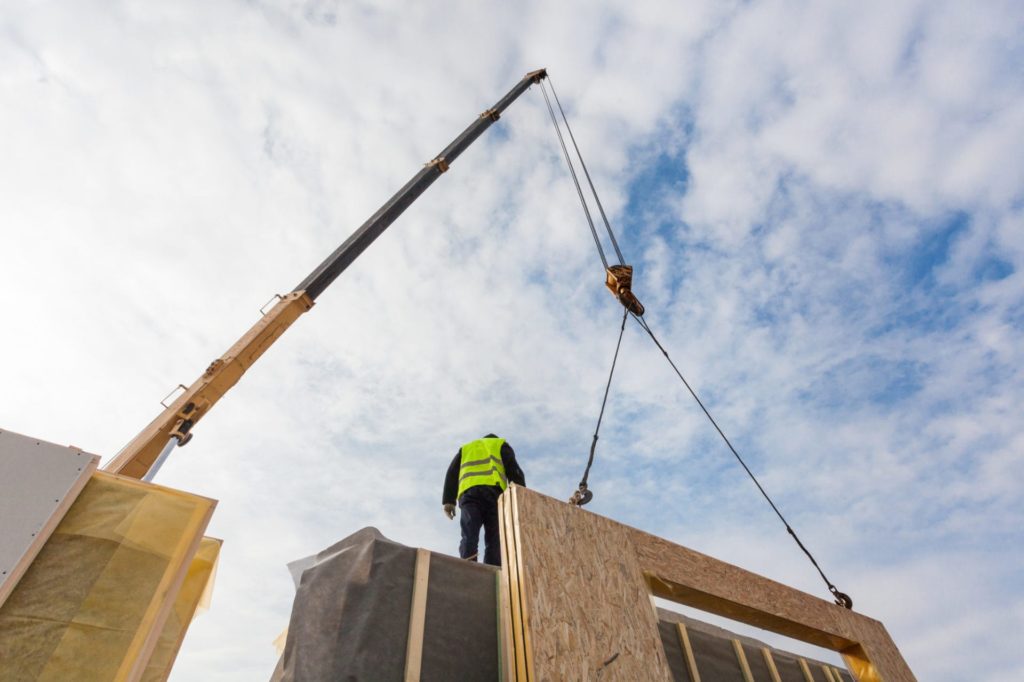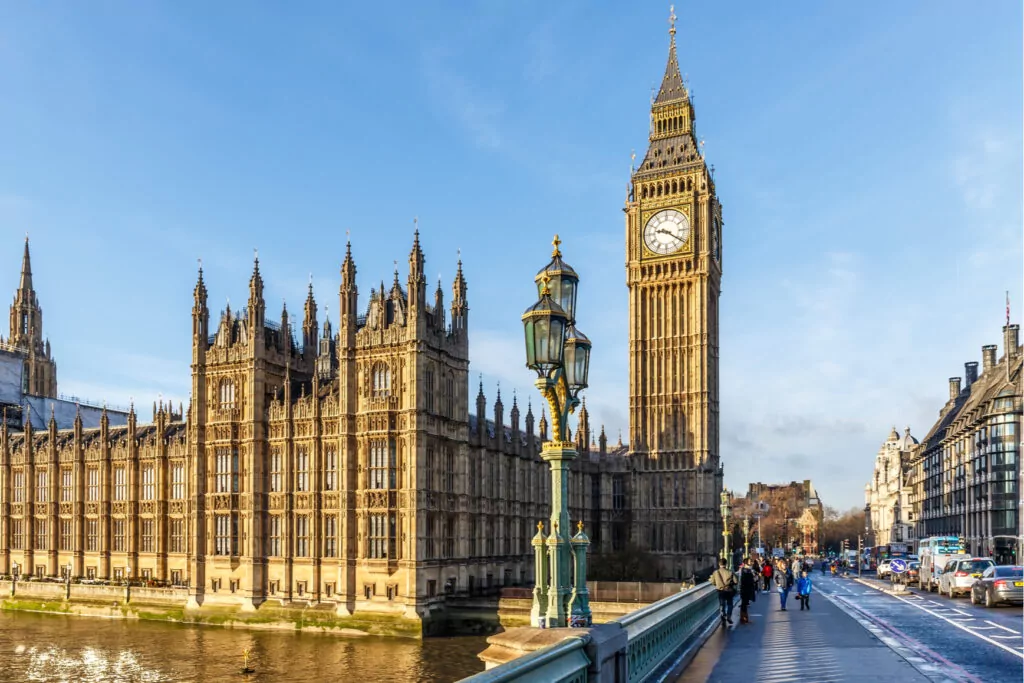
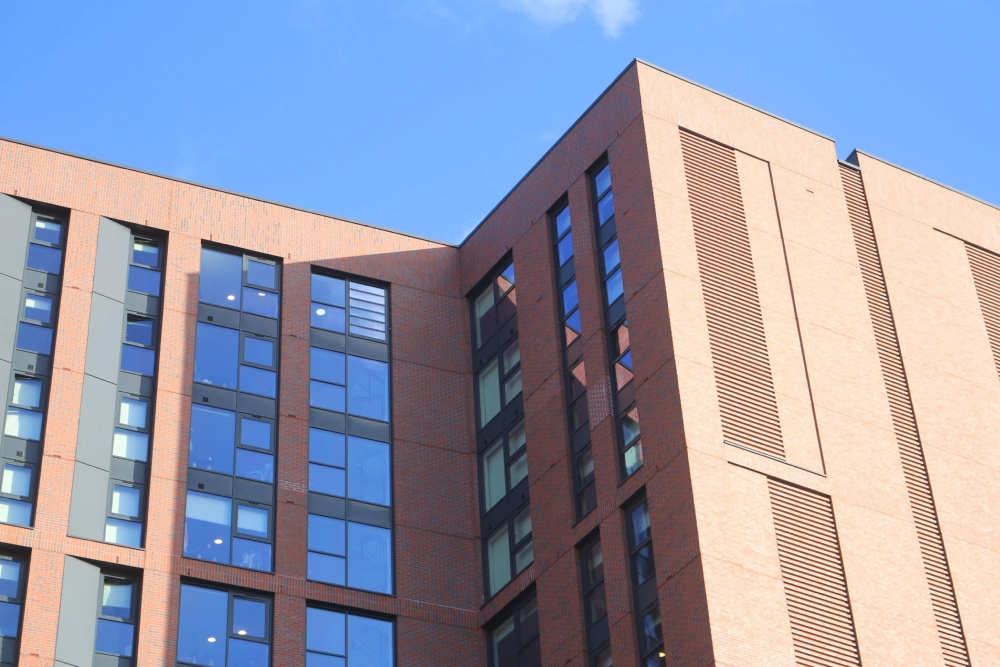
The focus on materials, products and the safe use of them in buildings has taken a central stage with the ongoing implementation of the Building Safety Act 2022 (BSA 2022) which received Royal Assent on 28 April 2022.
Recognising the existence of a market distortion, BSA 2022 is the government's antidote to better regulation of the use of products and methods of construction to create a safer built environment, especially in relation to higher-risk residential buildings.
BSA 2022 has a far-reaching impact as it transcends several topics, some of which are listed below, in order to correct, develop and enhance the regulatory process. The list below is not exhaustive, which suggests the breadth of this Act.
The framework around BSA 2022 consists of various layers of primary and secondary legislation and much of this is subject to various consultations. It will create a structure that will allow regulatory authorities, owners and occupiers to access detailed information relating to their built environment. The focus of this article is the application of BSA 2022 in England. The layered application of the legislation through secondary legislation means certain powers to define and construct a specific regime for Wales exists. This is not covered here.
Here is our high-level round-up of where we are with BSA 2022 to kick-start 2023
"Higher-risk buildings" have a special regime, and their definition varies within BSA 2022 between the construction and the operational phase.
There is a gateway regime which is currently expected to come into play this year for the construction phase. These gateways will create a start/stop regime and are trigger points requiring checks on safety measures for a relevant building at every stage.
Gateway one, planning phase, is already in force. Gateway two, pre-construction and gateway three, final certificate, are not yet in force. The government has indicated that the latter two and other provisions relating to high-risk buildings will come into force around 12 – 18 months from Royal Assent of BSA 2022. See here.
It is the new "Building Safety Regulator" who will oversee the safety standards of all buildings. Its focus however to start with is to implement the regulatory regime for High-rise Residential Buildings (HRBs). A full timetable of HRBS can be accessed here.
Registration for existing occupied HRBs opens.
Registration deadline for existing occupied buildings. From then on, all new buildings must be registered before being occupied. All occupied buildings must be registered by October 2023; after this date it is an offence if a building is occupied but not registered.
Building inspector and building control approver registers open.
The Building Safety Regulator becomes the new building control authority for HRBs.
From 1 October 2023 developers must apply to the Building Safety Regulator for building control approval before commencing work on any HRB.
The Building Safety Regulator starts to call in buildings for assessment and issue Building Assessment Certificates.
Requirements relating to registration of building inspectors and building control approvers become enforceable.
The golden thread of information, one of the key risk mitigation tools in BSA 2022, requires the maintenance of construction and safety information throughout the lifecycle of every higher-risk building. The requirement to maintain the golden thread of information is set to come into force 12-18 months from Royal Assent of BSA 2022. See: here.
Current owners or managers of HRBs should be aware that detailed and accurate information about their building will be required. It would therefore be prudent to start collecting such information now. See here.
Existing dutyholders under the Construction (Design and Management) Regulations 2015 will have new additional duties. See here.
During the occupation phase, BSA 2022 identifies a new dutyholder, known as the "Accountable Person" who overseas ongoing compliance of the building with the Act. The Accountable Person is the person required under lease or statute to repair common parts of the building or, if there is no person with that repairing obligation, the person with the legal estate in any part of the common parts. Their role and responsibilities are set out here.
BSA 2022 extends the limitation periods for claims under the Defective Premises Act 1972 (DPA), in sections 1 and 2A to 15 years for prospective claims, and for certain retrospective claims in section 1 to 30 years. These provisions are already in force. BSA 2022 broadens certain claims under section 1 DPA to cover any work undertaken on existing dwellings provided that work is done in the course of a business.
BSA 2022 also introduces building liability orders which prevent developers from avoiding civil liability by using clever project structures such as development through special purpose vehicles with few assets.
Increased regulation of construction products will be brought into effect by BSA 2022, particularly in respect of product safety. BSA 2022 creates a new right to act against construction product manufacturers and suppliers where products cause a dwelling to become unfit for habitation. For defective cladding claims the limitation period applies retrospectively and is extended to 30 years.
BSA 2022 introduces a new homes warranty scheme and there will be a new homes ombudsman to give a platform for new homeowners to take action against the developer or builder.
BSA 2022 introduces a building safety levy at gateway 2 and a consultation on this is underway. See here.
BSA 2022 creates a unified scheme for building control professionals, and the Building Safety Regulator will independently oversee registration of the new roles of building control approvers and registered building inspectors. See here.
Conclusion
BSA 2022 is an all-encompassing Act, but also one that seeks to leverage on existing regulatory structures. By way of example, it relies on the existing health and safety structure under the Construction (Design and Management) Regulations 2015 to implement new responsibilities within a regime that is focused on raising standards and designed to ensure compliance with building regulations requirements.
There may be potential to extend this new regime to support the sustainability and net zero transitions that are needed in the built environment. The same platform could be used to manage net zero aligned regulations to cut emissions, measure operational efficiencies of buildings and the embodied carbon in products and construction materials that are used.
Although 2023 will continue to see a shifting landscape whilst implementing BSA 2022 as the government's key vehicle for improving building safety law, the bigger picture, and the possibilities that this legislative framework could later offer, is exciting. It will allow developers and occupiers to better understand their built environment, how it works and how it should operate.
It is widely acknowledged that BSA 2022 will herald a revolution in the use of digital tools and technology with the maintenance of the evolving golden thread of information about a building. Once again, this closely aligns to transitions we are seeing in relation to the move to net zero or negative zero.
BSA 2022 is a complex statute but perhaps one that is needed for the next generation of laws to enhance regulation in the built environment to secure a focus on safety now and, perhaps later, sustainability.







